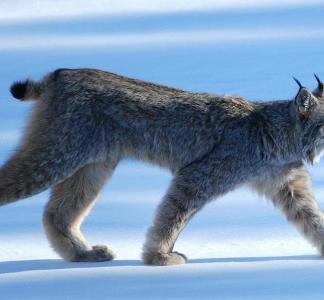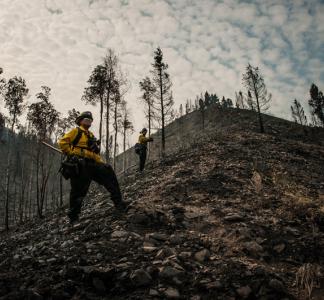Connecting kids to nature
Kevin McNeal
We need to get childhood back outside
By many accounts, modern American kids spend less time playing outside than any previous generation. These indoor kids are missing out on a variety of increasingly well documented physical, intellectual and emotional benefits.
Additionally, young people who don’t spend much time outdoors are less likely to forge a close connection with nature, and probably won’t develop into dedicated advocates for conservation. It’s hard to appreciate wilderness (and the need to defend it) if you haven’t experienced it.
For all these reasons and more, we are dedicated to helping kids connect with our public lands and nature more broadly, whether through direct programs like “Youth in Wilderness,” which helps young people have immersive outdoor experiences, or broader measures that reform the federal lands permitting system to increase youth programs’ access to public lands.
American children spend less time outdoors than ever before. Reversing this trend will provide kids with physical, mental and emotional benefits while helping build the next generation of conservationists.
What we're doing
-
Introducing kids to the outdoors
Through the innovative Youth in Wilderness program, we partner with organizations around the country to help young people have immersive outdoor experiences, in the process fostering the next generation of public lands stewards.
-
Working with partners
As steering committee members of the Outdoors Alliance for Kids, we advocate for programs that help kids get out on America’s public lands. These include the national Every Kid in a Park program, which gives all fourth graders and their families free access to national parks.
-
Encouraging state-by-state strategies
We work toward policies that incentivize states to develop strategies that encourage kids and families to be active in the outdoors through unstructured play and outdoor recreation like camping, hiking, hunting and fishing.
-
Expanding environmental education
We support programs that create new funding to train teachers and expand environmental education programs, as well as for states to implement environmental literacy plans.
-
Providing volunteer opportunities
We work to expand the role of volunteer, service corps and partner organizations in maintaining trails and other public lands sites, providing crucial opportunities to young people.
What you can do
Join our WildAlert list for opportunities to tell elected officials that our wildlands deserve protection.



